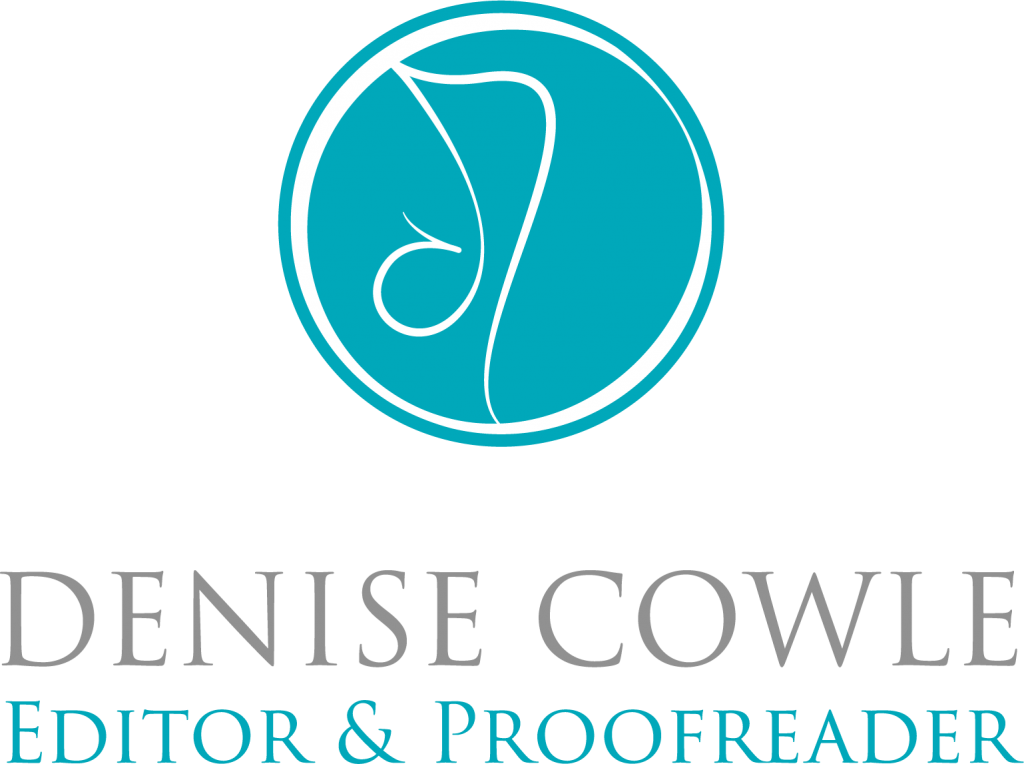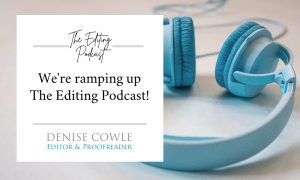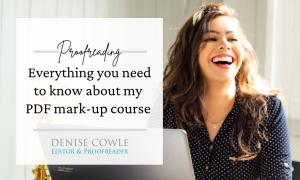It’s time for another guest post, and this week I’m delighted to welcome my friend and colleague, Natalie Hailey.
Natalie is the owner of Hot Content, where she helps small business owners and entrepreneurs with all aspects of their online marketing.
Many of us worry that, despite all the time and care we spend on our blog posts, no one apart from friends and family is actually reading them.
Natalie is just the person to ask for advice in this area, so over to her for some top tips on making our blogs visible to the right people.
How to get the right people to read your blog post
Do you get frustrated that whenever you publish a blog post you only get a sprinkling of friends and family taking an interest? Perhaps you do get eyes on your blog post, but it’s not leading to any leads or queries, and you’re wondering if the right people are reading it.
It goes without saying that we have to blog frequently and consistently to attract readers. But what else can we do beyond the obvious to make sure we not only get people to take notice of our content, but the right people? The people to whom we can add the most value and who are, therefore, the most likely to want to establish a relationship with us.
After all, in the words of Mark Schaefer, the economic value of content that isn’t seen is zero.
Who are you writing for?
This is, by far, the most important part of the process of attracting the right readers to your blog. Unless you know what themes and topics will actually interest your reader – interesting enough for them to stop what they’re doing and read your posts – you risk putting a lot of time and effort into producing content that will never actually be seen and shared.
What are your reader’s problems and questions?
So, how do you actually work out what your target audience wants to read? Well, the first step is to make sure you’re aware of who they are. Then, start to think about how you can provide them with valuable content.
Start by listing the problems that your audience has. How can the product or service you offer alleviate or even solve their problems? Begin to address these problems in your content. For example, the owner of a dog kennels, knowing owners may experience feelings of guilt or anxiety at leaving their pet for the first time, may choose to write blogs along the lines of ‘How to prepare your dog for a stay in kennels’.
As well as problems, address your audience’s questions: list all the possible questions they may have about what you offer and the industry in which you operate. So, for the pet sitter, blogging about ‘Should I get a kitten?: factors to consider before deciding’ and ‘How much does owning a dog cost?’ not only educates and informs your reader, but establishes you as an expert in your field.
It’s not always easy to work out what questions and problems people may have about what we do, because we’re too close to it. Try teaming up with someone else and asking each other questions about what the other does. Sometimes people’s suggestions seem so obvious to you but, if one person is wondering, think how many others have the same question.
Work out what topics are popular
Once you know what topics are popular right now, focusing on these gives you a much better chance of people taking notice of what you write.
If you have access to the analytics of your blogs, you may see a marked difference between the level of interest in some blogs compared to others. Look at the most popular ones and consider what other angles you could cover with this topic, or address associated topics.
There’s nothing wrong with actually asking your audience what burning questions they have, or what they’re struggling with at the moment, so that you can directly address this in your content. Perhaps you could run a poll on Facebook or Twitter. LinkedIn is also a platform that is getting people plenty of engagement right now, so why not put a post out asking what people are interested in hearing about?
If you’re a member of Facebook groups, monitor them and take notice of what questions people are asking and what topics get the most people commenting.
You can also test the popularity of blog topics by sharing blogs written by other people on your own social media pages. If they get a lot of shares and interaction, it indicates that this is something your audience is interested in and it would, therefore, be well worth writing a blog on this topic yourself.
Don’t forget to use the Google auto-complete function to get inspiration for blog topics. When you start typing a query into Google, the drop-down box appears with suggestions and alternatives, which may just throw up something you hadn’t thought of. The very fact that these suggestions are appearing there means that there are people out there actually searching for that phrase.
The title
Your blog content could be worthy of going viral, but the title could be the difference between your blog post being read and being totally ignored. There are so many free tools on the internet that can give insight into the types of blogs which will actually get attention.
Google’s auto-complete function is again helpful here, and you can also find eight more suggestions in blue at the bottom of Google’s listings, which may provide more inspiration.
If you want to go deeper with your research into your blog titles, use a free tool like KW Finder to see which search phrases and keywords get the most search volume and, from there, work out which title would show up in the most search results.
It’s worth experimenting with headlines. If you’ve published a post which hasn’t gained much traction, why not try changing the headline to see if you can encourage more views?
The platform
Of course, where you promote your blog posts will determine whether they’re seen by the right people. There’s no point posting on Snapchat if your target audience have never heard of it and are comfortably going about their daily lives on Facebook.
Consider where your target audience are hanging out and concentrate on building your profile and posting links to your content there.
Leverage sharing
To get our content in front of the right pairs of eyes, we rely a lot on people liking and sharing our content. This is a vital way of getting in front of new audiences.
In order for people to share our content, though, we have to give them a good reason. Obviously, the content has to interest them in some way but, on another level, people only share content that makes them look good or which accurately reflects their thoughts, feelings and values.
Be mindful of this when creating content for your ideal client. What kind of content would they share that would make them think, ‘Yes, I’m happy that all my connections will see this, and I like the way it will make them think of me.’?
Another great way to leverage sharing is to include within your content quotes from, or perhaps interviews with, influencers within your industry. The fact that they are featured will make it much more likely that they will share your content with their audience: an audience which is likely to be new to you and possibly quite a lot larger. This is, quite honestly, only the tip of the iceberg, but it’s a good start.
Summing up
So often, we over-complicate what makes a blog readable. It starts with knowing our audience, and from there working out what is interesting to them, what they want to learn, what problems they have that you can help solve, and what questions they need answering.
Once you know all of that, as long as you know where they’re hanging out online, all you have to do is deliver that content to them on their preferred platform.
The important thing is to keep going and not give up too soon. It takes time for blogs to translate into leads, enquiries and sales, but the results are undoubtedly far-reaching and long lasting.
More about Natalie
Natalie Hailey works with entrepreneurs and small businesses to help them build their presence online through content marketing and enable them to draw in more of the right clients for them.
Through consultancy, coaching, mentoring and training, both on- and offline, she helps people to create quality, share-worthy content to build a brand which people are drawn to.
Natalie is determined to show that with the right help and a patient teacher, anyone can take control of their own online marketing and enjoy the benefits of increased brand awareness, audience engagement and leads.
You can find out more about Natalie at www.hotcontent.co.uk
Why not join Natalie’s Facebook group to learn more about content marketing for your business?
Natalie’s podcast has interviews with experts on marketing – give it a listen!
I hope you enjoyed Natalie’s valuable insights. Why not share your thoughts in the comments?






